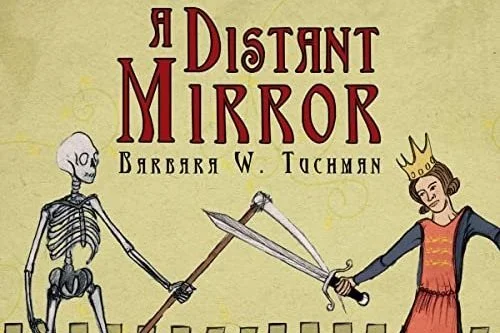What Kind of Nation: Thomas Jefferson, John Marshall, and the Epic Struggle to Create a United States
I read What Kind of Nation concurrently with Ron Chernow's Hamilton. It is a worthwhile exercise to read about similar timelines from different perspectives. What Kind of Nation is a joint biography of Thomas Jefferson and our nation's fourth Chief Justice and Federalist, John Marshall. Because Hamilton (Federalist) and Jefferson (Republican) so often found themselves at odds, it was helpful looking at their disagreements from the perspective of authors who were immersed in the history and character of political foes. Treating Hamilton and Nation as companion books illuminated the subtleties that transformed a number of our early forefathers from allies to adversaries.
James Simon did an excellent job of looking at the adversarial nature of early Republicans and Federalists by exploring the interactions between Jefferson and Marshall. Simon is a professor of law at New York Law School, and the book occasionally reads as a case-law summary. The degree of description for some of the cases will be interesting for attorneys, though I suspect less so for non-lawyers. This is a small critique that I only offer for individuals considering the book. Regardless of this, I recommend What Kind of Nation for both lawyers and non-lawyers because it provides a helpful foundation for the challenges that faced the early Supreme Court and why those issues matter today.
Simon's book lends insight into the history of legislators criticizing the judiciary, the rural parties arguing with urban, and the states wrestling for power with the federal government. Even if a reader chooses to skim the more detailed case descriptions, I am confident there is still plenty to glean at how the Court fits into the checks and balances of power and how brilliantly Marshall lead the Court before there was a template on what the Court should be. Because of the occasional slow spots in the caselaw, I marked this as a 4-star book, but 4.5 is more accurate. It was a great way to explore the early era of the Supreme Court, and it spurred in me an interest to read more about the significant Justices who served on the bench.


